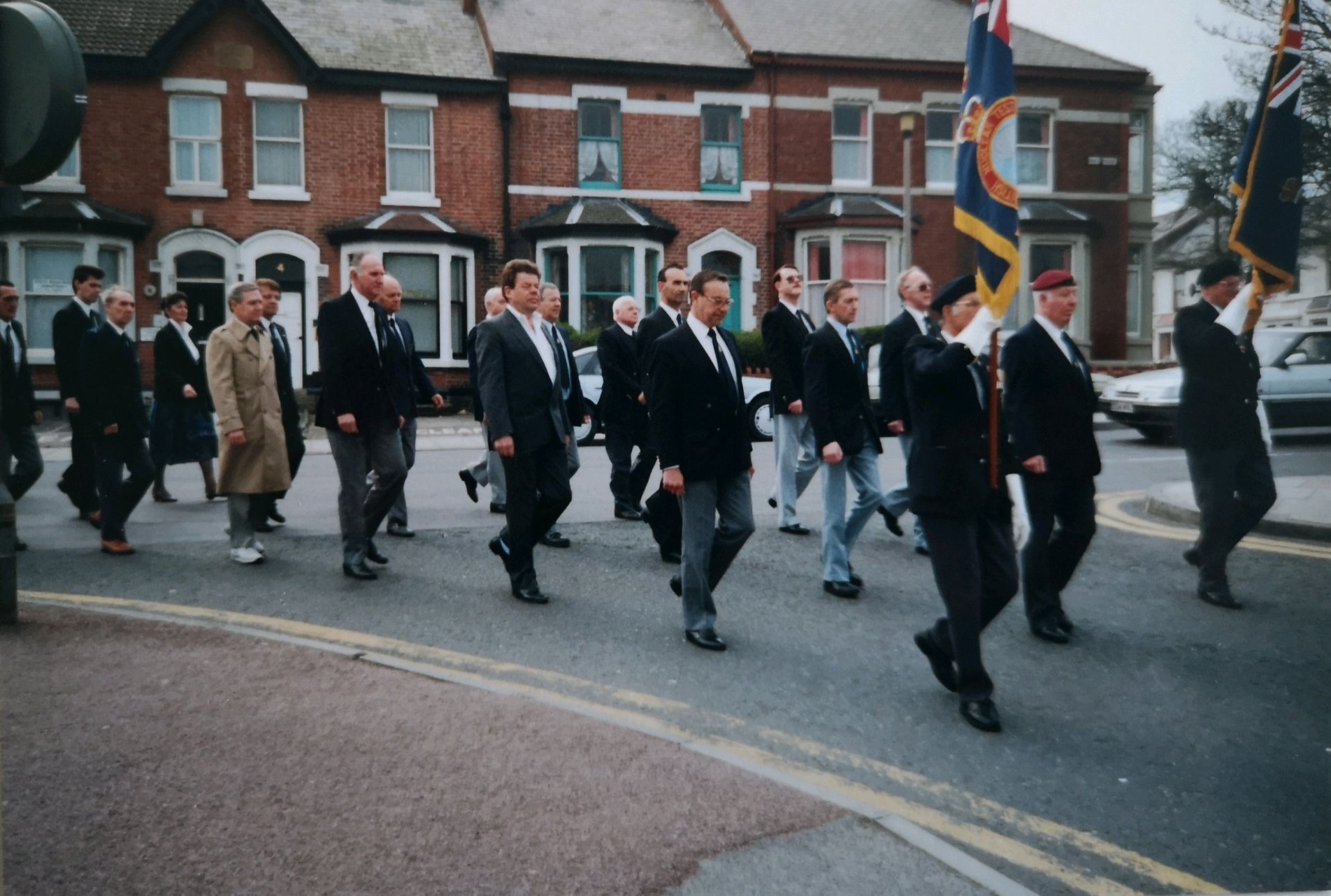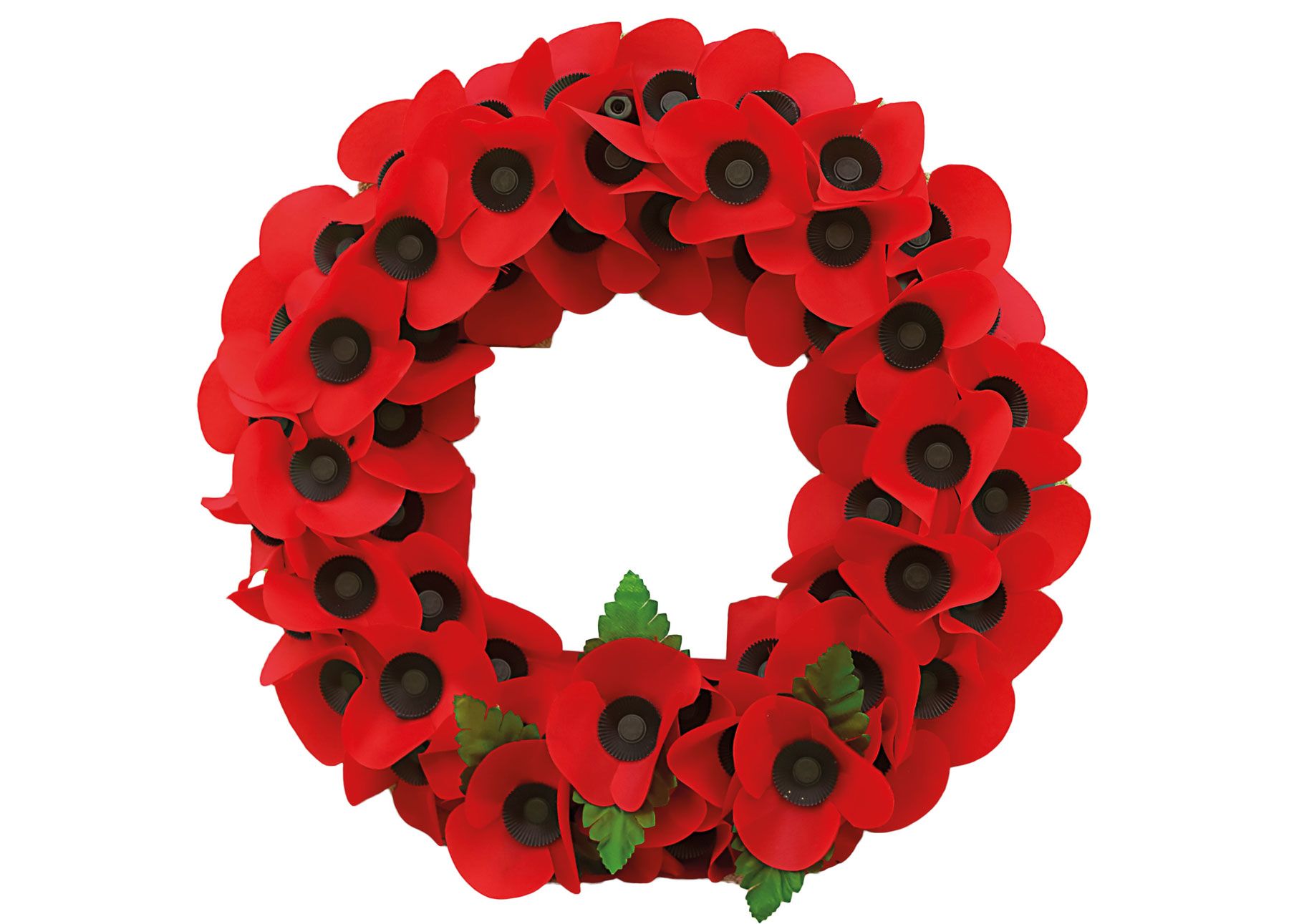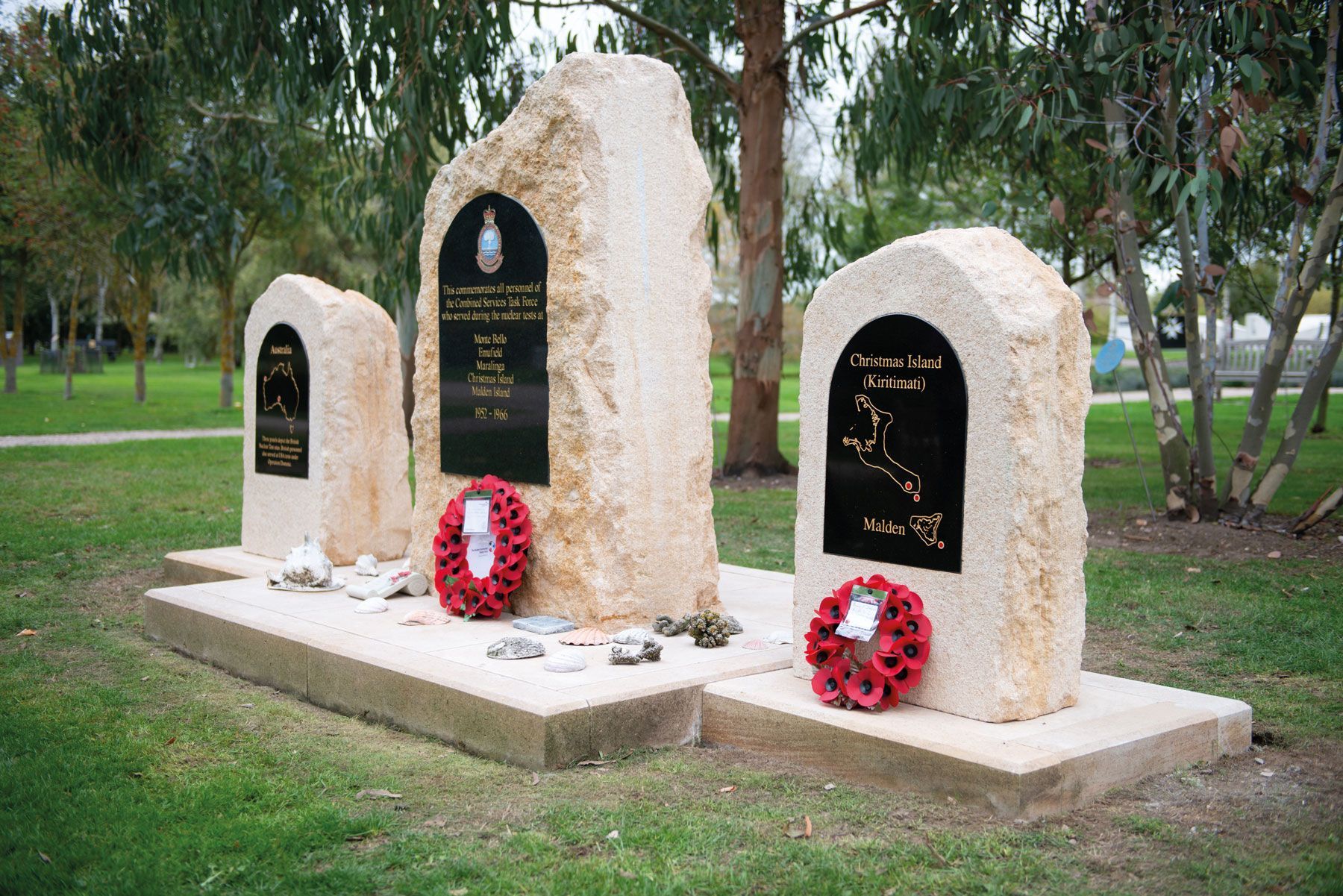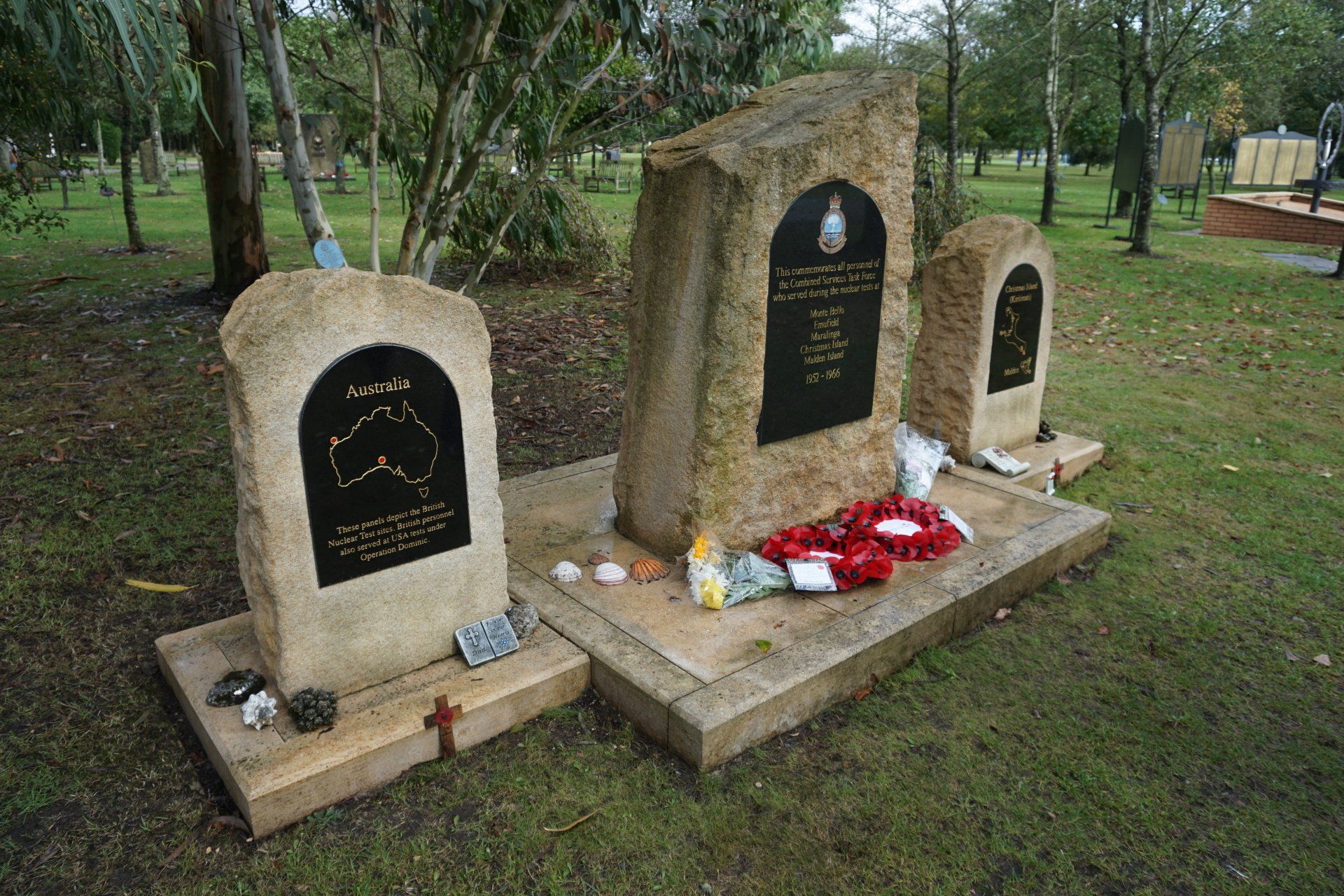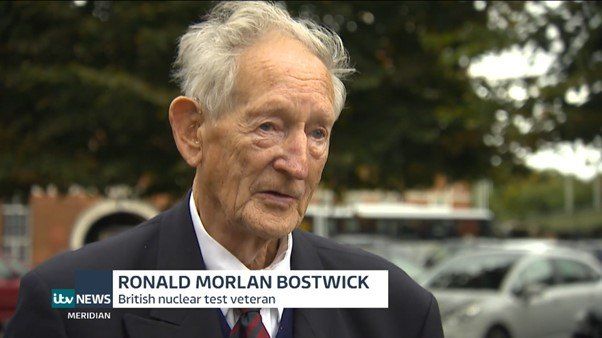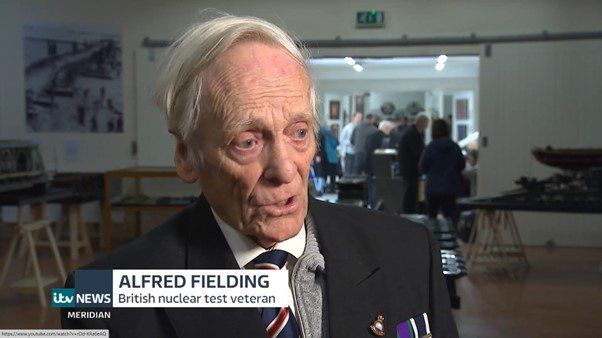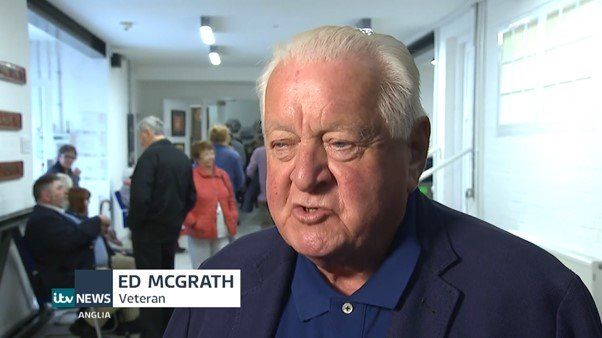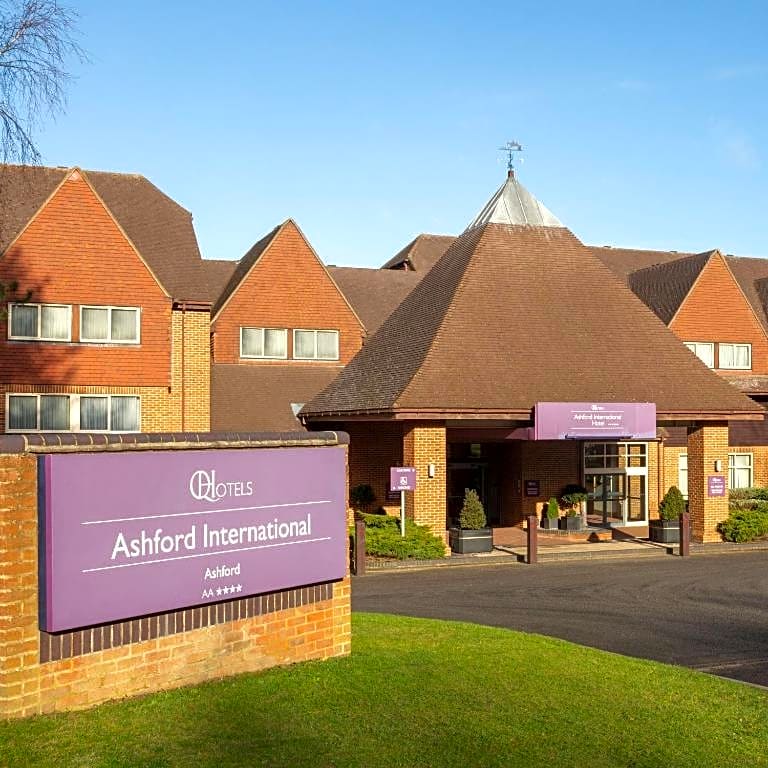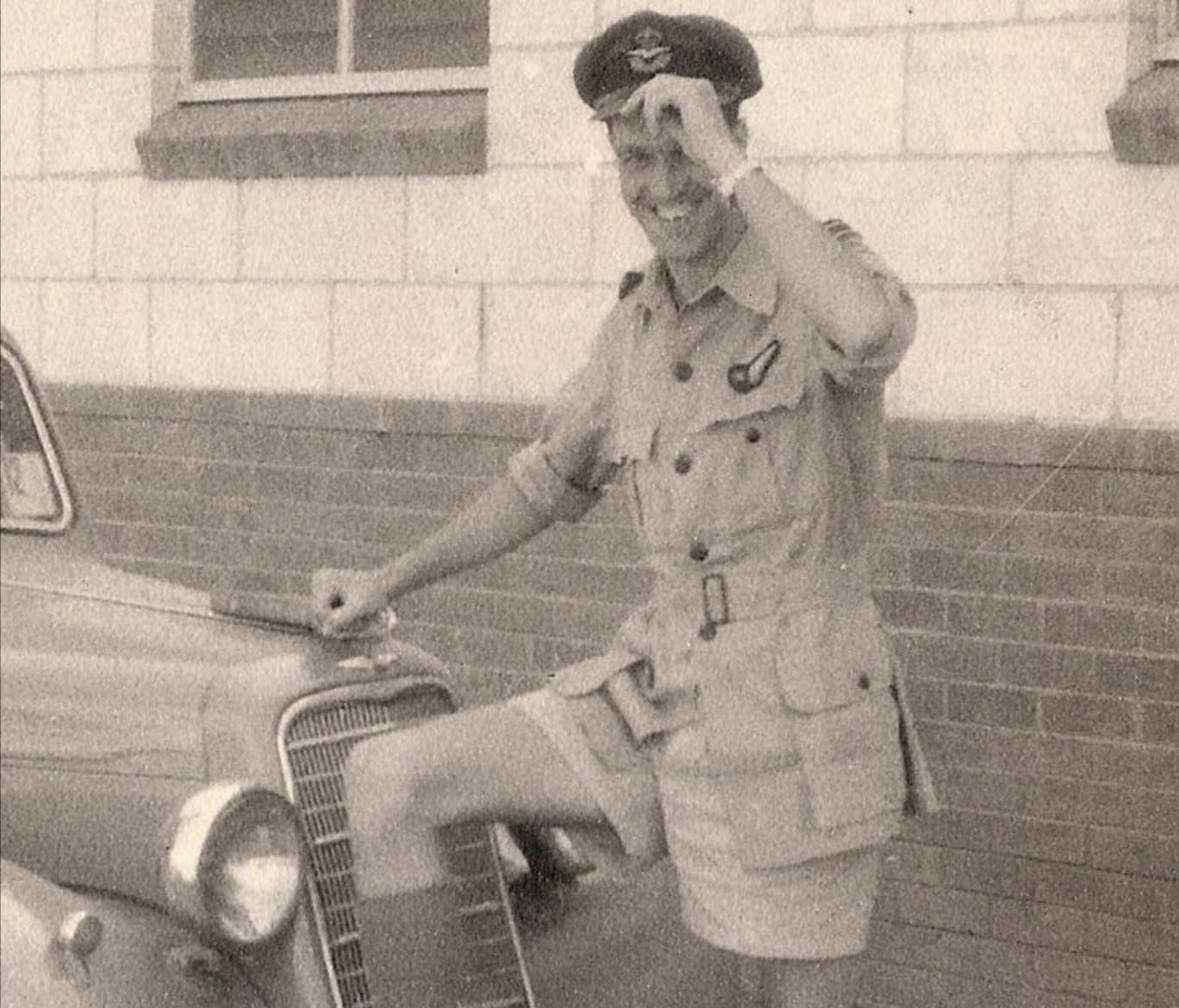
Commonwealth Day 2022 : Australia 1952
1952 HMS Campania and HMS Plym reach Freemantle.
Excerpt from the Plym Pudding and all photos are from the BNTVA Operation Hurricane collection.
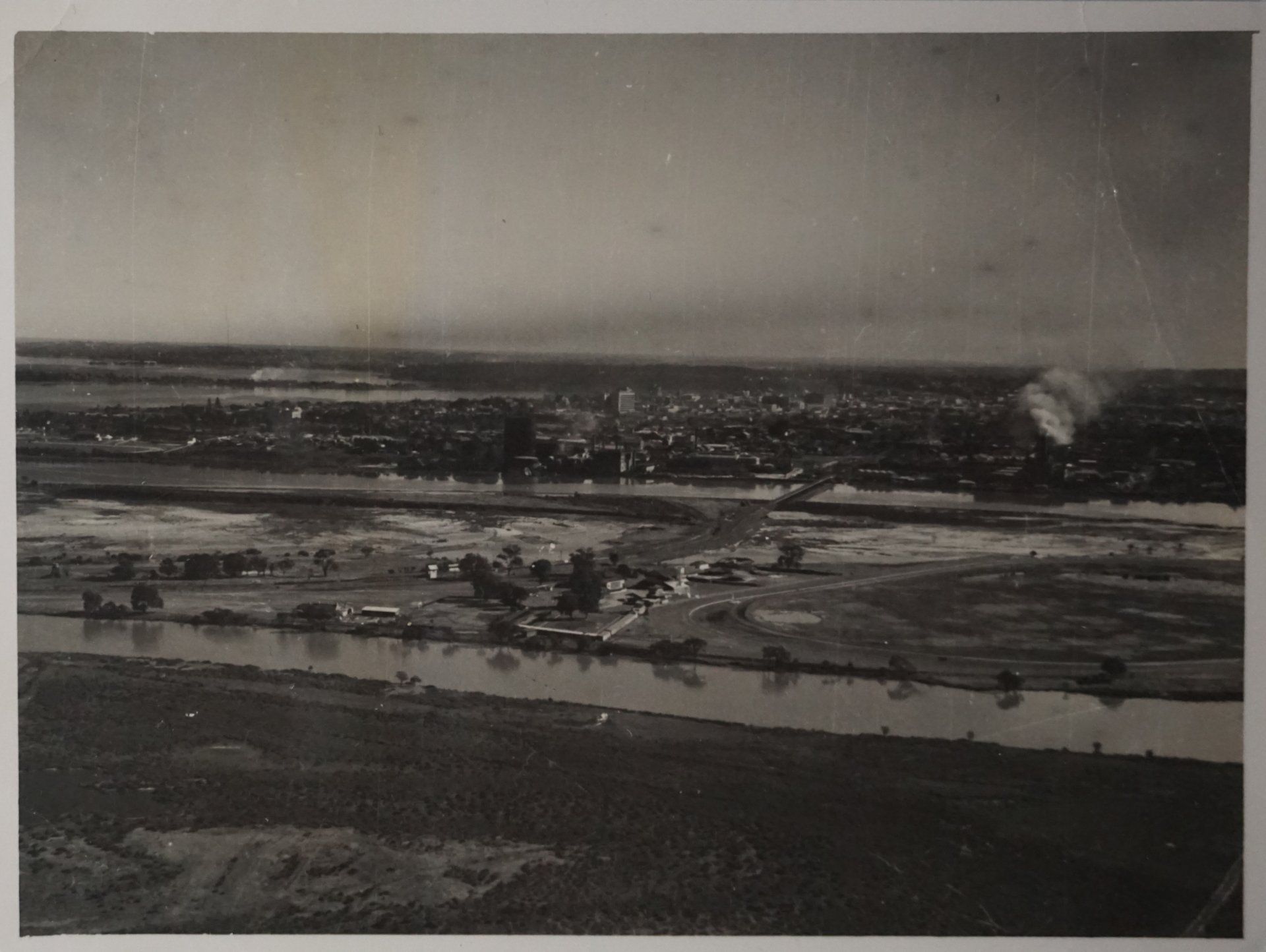
THE PLYM PUDDING
Number12. "Australia Fair" Wednesday, 30thJuly, 1952.
xxxxxxxxxxxxxxxxxxxxxxxxxxxxxxxxxxxxxxxxxxxxxxxxxxxxxxxxxxxxxxxxxxxxxxxxxxxxxxxxxxxxxxxxxxxxxxxxx
AUSTRALIA
Australia was first visited by explorers in the 16th century, and in 1655, the Dutch, who had mapped most of the west Coast, named it New Holland. Captain Cook explored and charted the East Coast, which he claimed for Britain, in 1770. 18 years later the first British settlement was established near Sydney, and the exploration of the rest of the Continent, followed. It was renamed Australia and declared a British possession early in the 19th century when settlements began to spring up at various places round the coast. These settlements Perth, Melbourne, Adelaide and Brisbane became the centres of their areas and then the capitals of separate colonies, these later became independent states, which united on 1st January 1901, to form the Commonwealth of Australia.
Australia was still almost entirely an agricultural country at that time, but has industrialised rapidly, especially since World War II, and now has her own manufacturing industries, Naval Dockyards and shipyards and aircraft works. Apart from important coalmines she has vast stocks of raw materials, and the goldmines which brought her prosperity and a rush of immigrants a century ago are now only a minor, though welcome part of her riches.
There over 8 million Australians in 6 States, one of them the island of Tasmania, and each State has Home Rule and its own parliament, while the country as a whole has a seventh federal parliament in Canberra, to run National affairs.
This operation of ours is a joint British and Australian project in which the Australian Government has provided great assistance at every stage, as well as the site at Monte Bello of course.
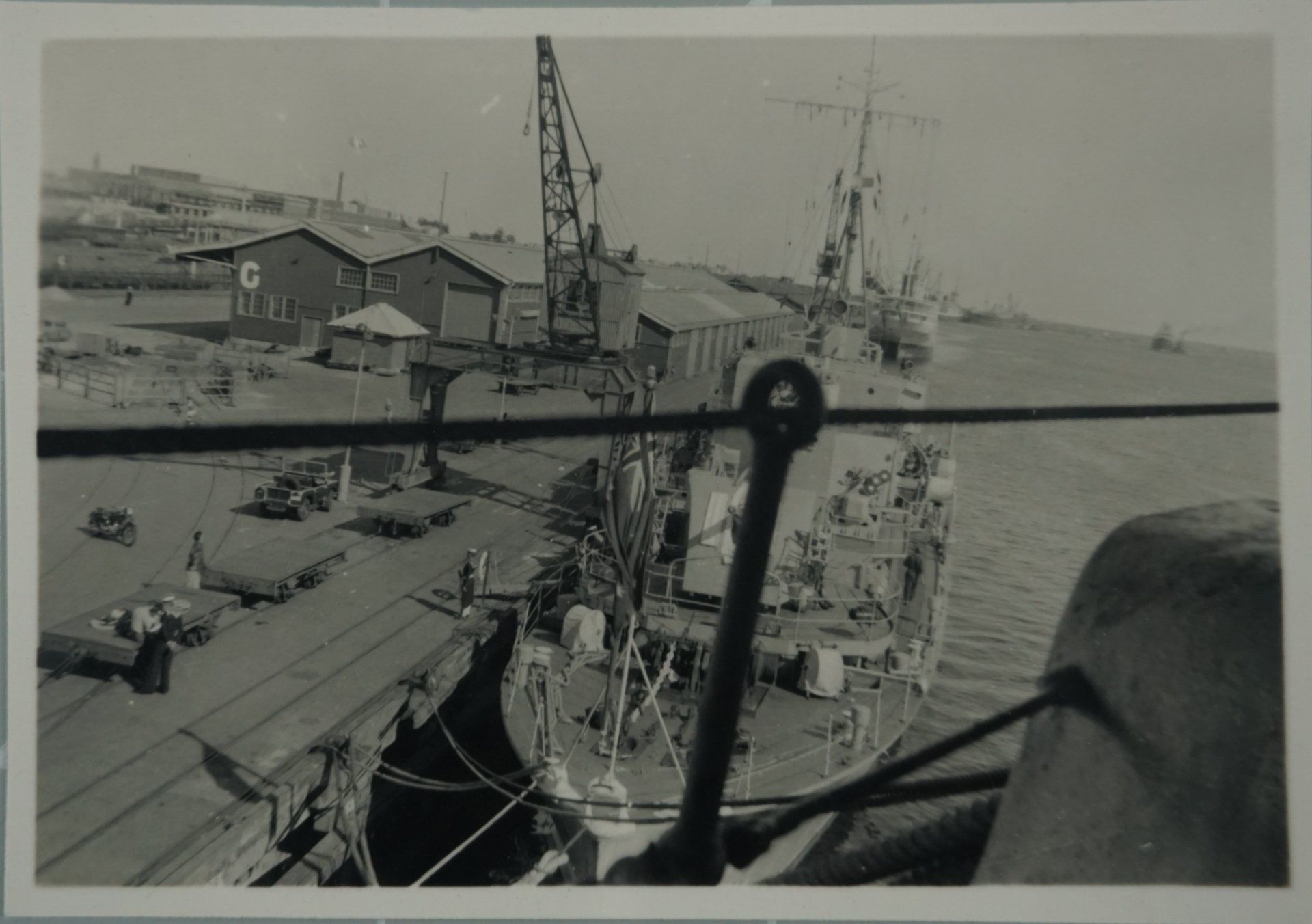
FREMANTLE AND PERTH.
Fremantle is the port of Perth, which is the capital and chief city of West Australia. Perth was founded in 1829, when the first settlement was made on the Swan River. The area was very lightly populated for a long time, and ruled as a colony from London, but after the discovery of gold settlers flocked in and it became a state in 1890. Today the state has a population of two thirds of a million, but although it is the largest state by size, nearly a million square miles, it has the smallest population due to the vast Eastern and Northern deserts which hem most of its people back into the fertile Southwest corner.
Fremantle is an artificial harbour built in the estuary of the Swan River, and the main port of the state. The town, which with suburbs. Has some 30,000 people, lies of the southern side of the river mouth 12miles downstream from Perth, and there are regular bus and train service between these two places.
Perth stands on both banks of the Swan, which widens there into the impressive spread of Perth water. The main city and the public buildings lie on the northern bank, and the city with its suburbs has some quarter of a million inhabitants. There are plenty of fine buildings in this well laid-out city, as well as good shops, cinemas and restaurants The 1,000-acre King's Park on the hill overlooking the city is worth a visit but being mid-winter there will be no chance of watching any Australian State Cricket or going bathing, though men in uniform will be granted free entry to Saturday's Racing and Trotting Meetings in the city.
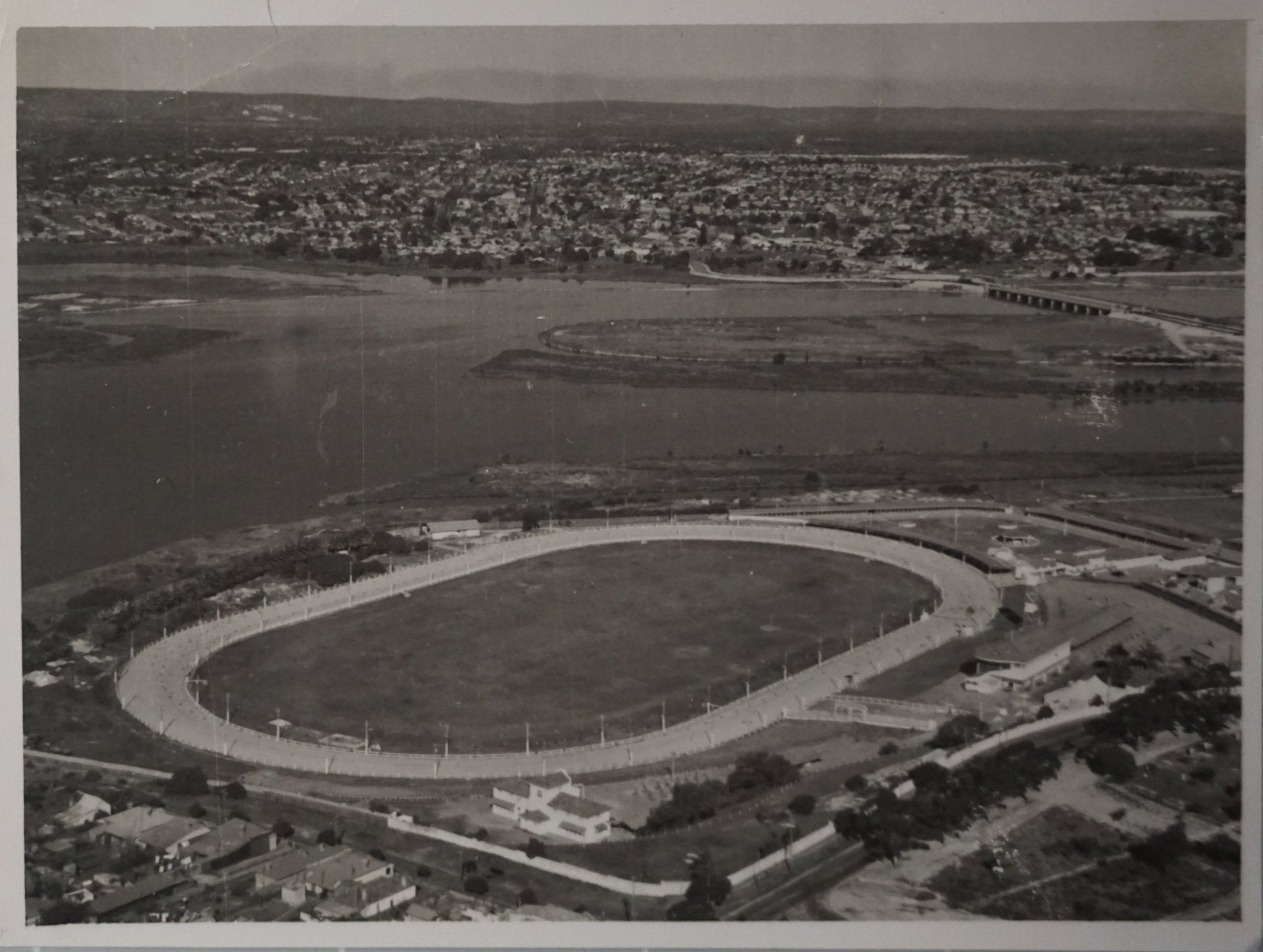
The climate and temperature arc likely to be much the same as in Cape Town a few weeks ago, but an improvement in the exchange rate of £5 Australian for £4 of ours, and local beer is good and strong though bars close at 9 in the evening.
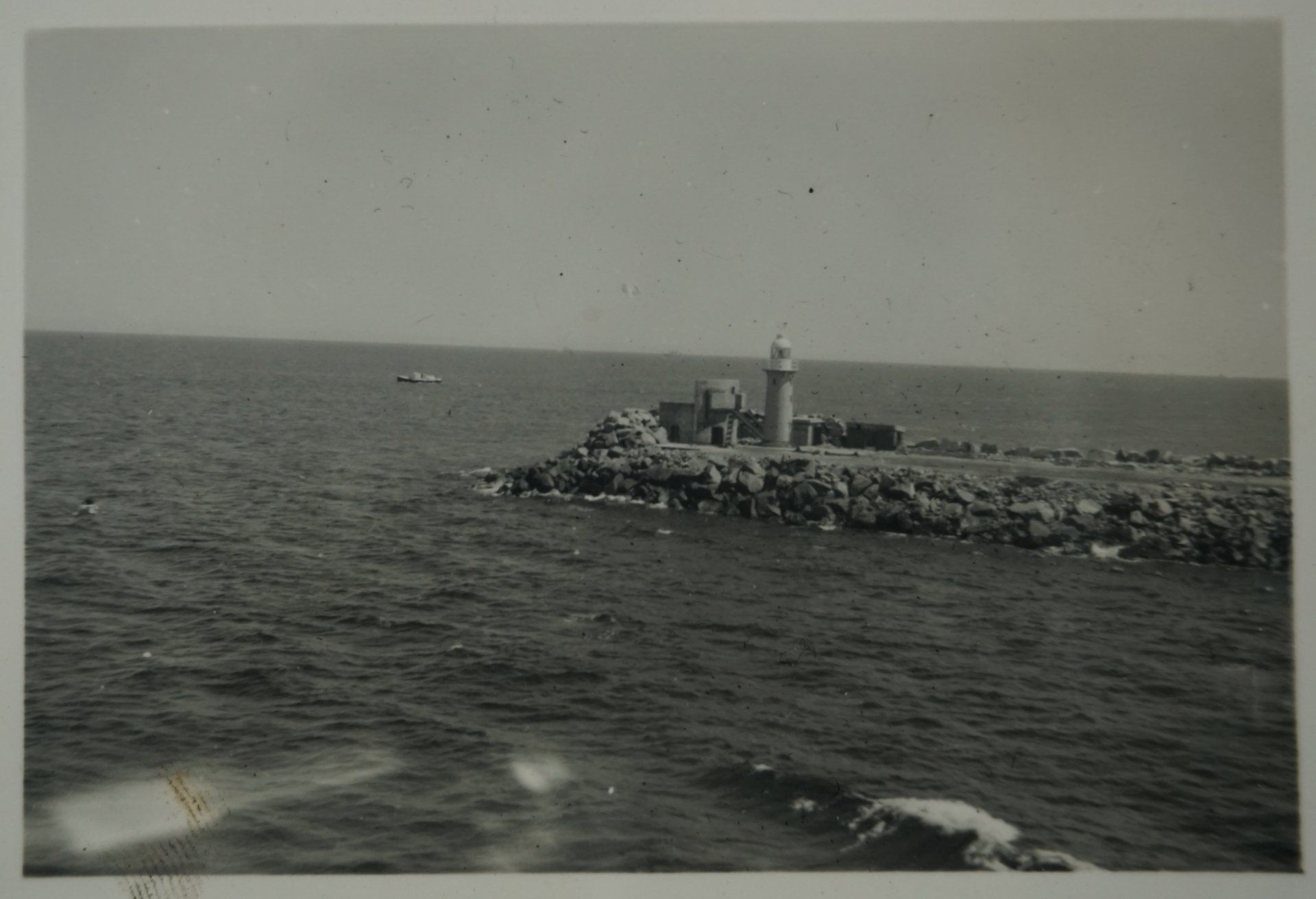
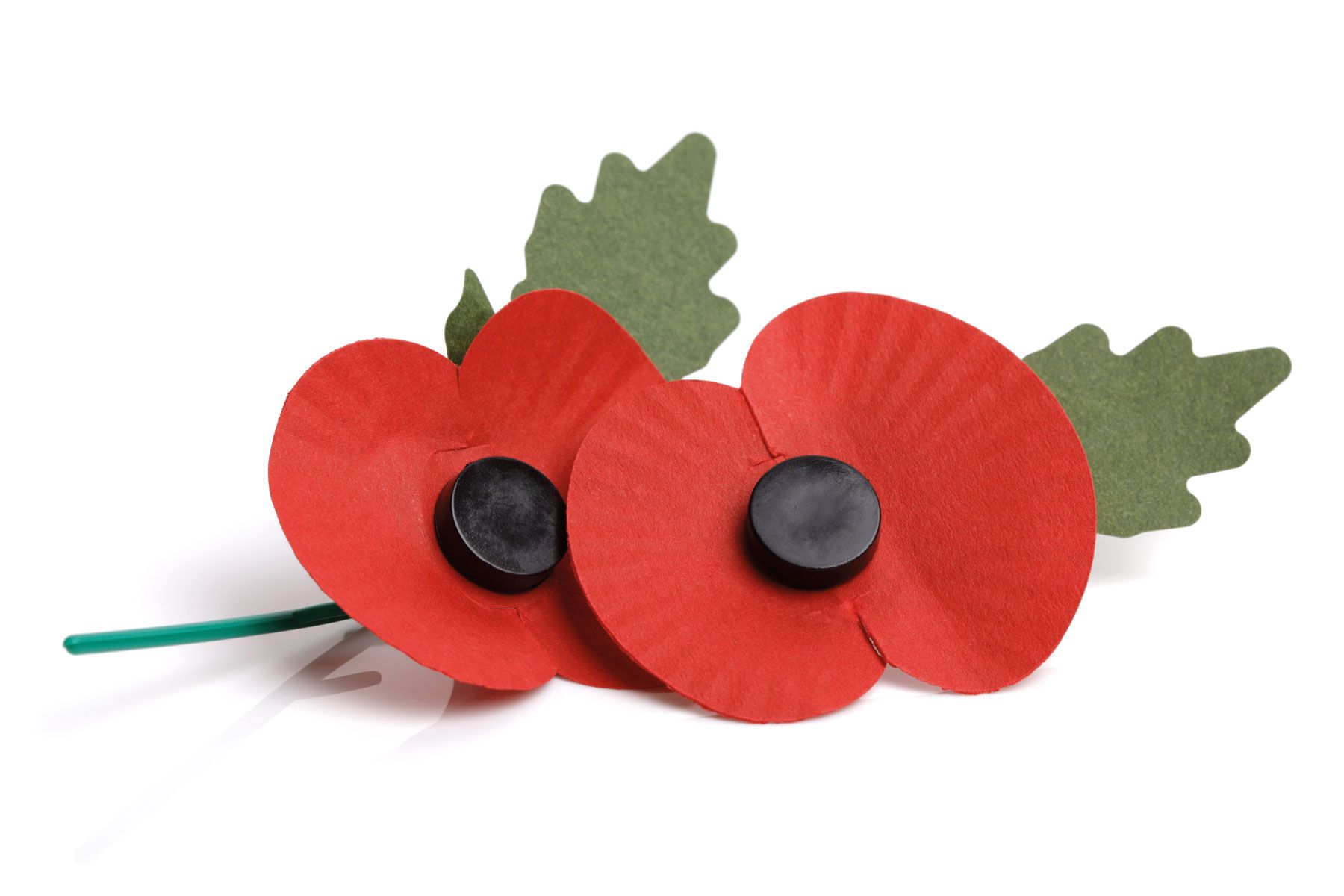
All Rights Reserved | BNTVA Museum CIC no. 15389981

